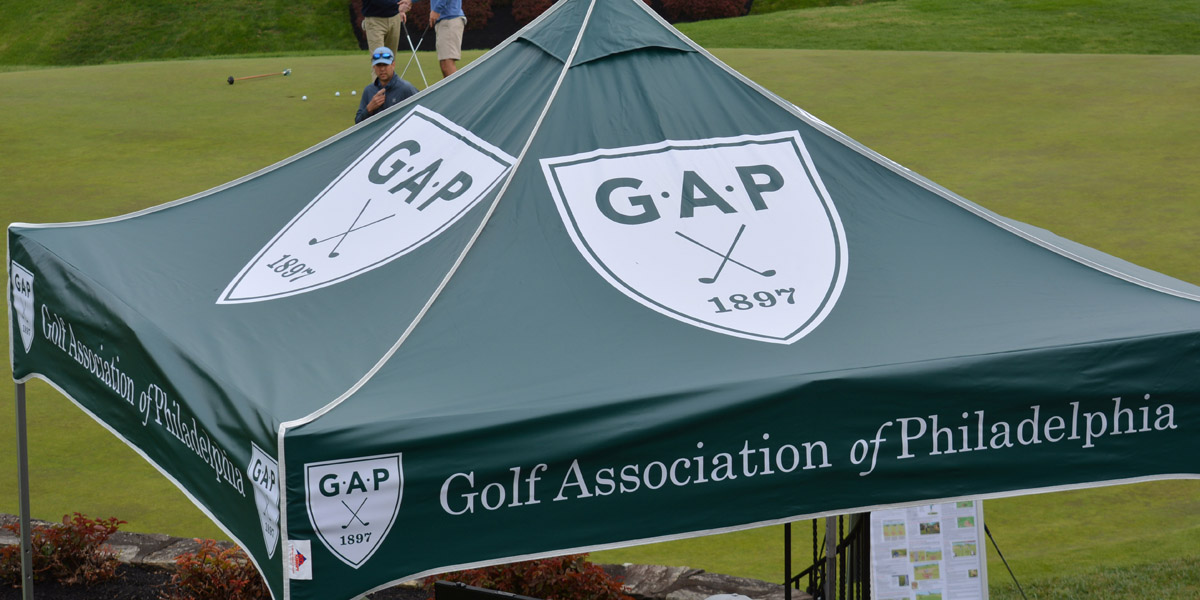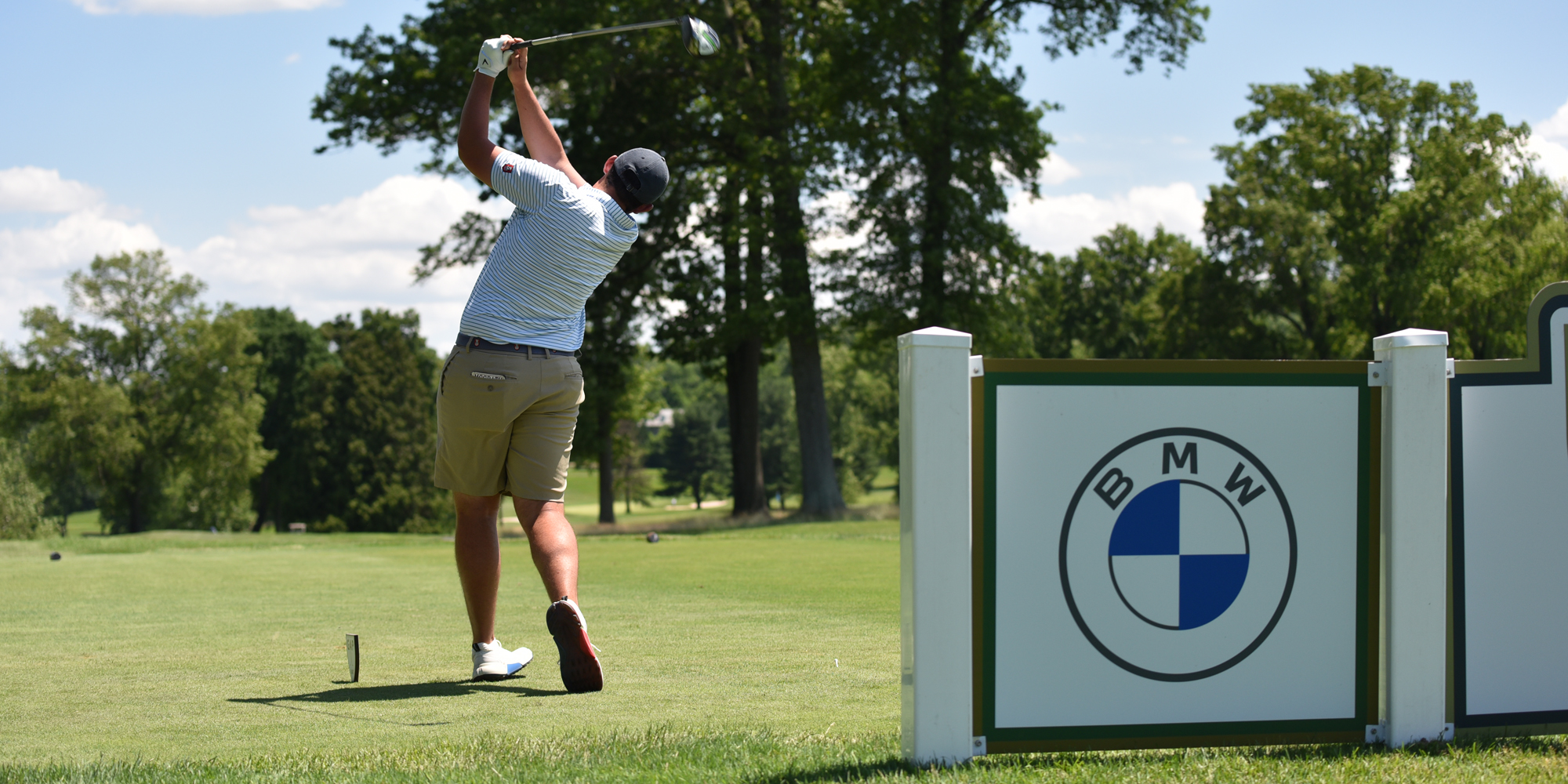| *Article courtesy of the United States Golf Association Green Section*
USGA Green Section Mid-Atlantic Regional Update
By Darin S. Bevard, Senior Agronomist
The weather forecast calls for rain followed by colder temperatures. Do not allow standing water to freeze on greens. Ice encasement may result in significant winter damage if temperatures remain cold. • Disease activity has been noted on greens. Cool temperature brown patch (yellow patch) has been reported. Additionally, extended periods of cloudy, cool and wet weather prior to this warm spell have promoted pink snow mold (Michrodochium patch) in some locations, although the disease activity has been limited. If snow mold protection has not been applied, take advantage of the break in the weather to complete this important work. As for cool temperature brown patch, the impacts are more aesthetic than anything. Fungicide applications will suppress symptoms for the short term, but the yellow rings will return under conditions that favor the disease. Exercise caution at this critical point in the winter. Decisions on opening and closing of the golf course vary depending on the winter closure policy of a particular course. Adhere to the policies set forth for the golf course to minimize potential damage. It can be difficult to quantify the impacts of winter play on fine turf areas. However, if there was no potential harm to be done, there would be no controversy over frost delays and course closures during the winter months. After all, green closure is implemented to prevent potential damage to the course’s greatest asset, the greens. As always, if the Mid-Atlantic Region’s agronomists can be of assistance, contact Stan Zontek (szontek@usga.org) or Darin Bevard (dbevard@usga.org) at 610-558-9066 or Keith Happ (khapp@usga.org) at 412-341-5922. |
About
Founded in 1897, GAP continues to champion golf for the benefit of the game in its region and beyond.
About HomeA Walk Through Time
GAP is the oldest state or regional golf association in the country. It started courtesy of a friendly competition – the Team Matches – and has grown into the preeminent golf association in the country. Along the way, golf history has been made.



